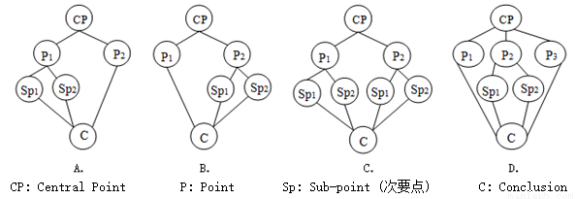题目内容
There is no doubt eCommerce is growing, and it will continue to grow. However, physical stores would not die as a result of the rise of eCommerce, at least not in the near future. The idea that eCommerce is taking over physical stores has already misguided many people. Physical stores are far from vanishing, and there are some solid reasons for it.
The projections for online spending is optimistic with $150 billion expected to be spent in the coming three years, yet we are also expecting $300 billion in spending at physical stores in the same duration. Do you still think that physical-store shopping is too small to sustain the eCommerce blow?
Even though consumers are staying away from physical stores that follow older concepts, yet we are seeing the rise of fresh concept stores all around the US. We are seeing innovative and attractive success stories of physical stores, ranging from clothes stores to restaurants to health spas. It would be easy to assume that this trend will continue.
Indeed, many shopping malls are dying, yet there are still those shopping centers that are performing well. You can see this for yourself by visiting shopping malls near you. What I want to emphasize here is that not all shopping centers are made equal, just like not all eCommerce retailers are made equal. Both shopping malls and eCommerce sites can lose business if they fail to maintain productivity through improvements and innovations. When you visit shopping centers that are serious about their business, you would see their shops and parking lots packed.
On the other hand, even e-tailers like Amazon have experimented with pop-up shopping concepts. It is important to bear in mind that consumers prefer face-to-face interactions instead of online interactions during shopping, meaning that physical stores are going to stay there.
Still, eCommerce retailers are seeing all of their excitement disappear as they settle the sales tax problem associated with e-tailing. As of now, five states of America have already imposed sales tax on purchases through eCommerce sites, and e-tailers in those states have already witnessed 6 to 12 percent decrease in sales.
This reinforces the fact that physical stores are here to stay, and if you are still undervaluing their growth, you are omitting a huge chunk of the retail representation.
1.The underlined word "projections" in Paragraph 2 probably means ________.
A. intentionsB. assessmentsC. performancesD. predictions
2.What can we infer from the passage?
A. E-tailers are more creative businesses.
B. Fresh concepts help build good business.
C. Fewer consumers will visit physical stores.
D. Physical stores can’t stand the blow of eCommerce.
3.What is the best title for this passage?
A. Is Offline Spending Greater Than Online Spending?
B. Online Stores V.S. Physical Stores—What’s the Difference?
C. Will Physical Stores replace eCommerce in the Near Future?
D. Does eCommerce Success Mean Physical Stores Will Disappear?
4.Which of the following shows the development of the passage?

 天天向上一本好卷系列答案
天天向上一本好卷系列答案 小学生10分钟应用题系列答案
小学生10分钟应用题系列答案
